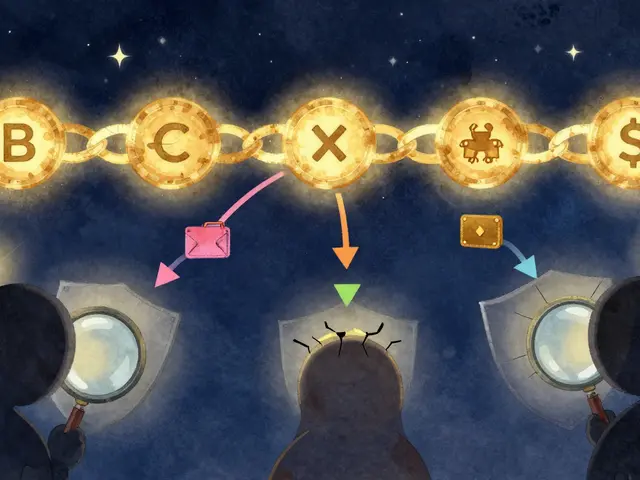Total Cryptocurrencies: A Complete Overview
When talking about Total Cryptocurrencies, the aggregate count of every crypto asset that exists across all public blockchainscrypto asset count, you’re looking at a moving target that changes with each new token launch or burn event. Total cryptocurrencies isn’t just a number; it’s a snapshot of market diversity, spanning Bitcoin, dozens of stablecoins, meme tokens, and niche utility coins. This breadth means the metric captures both established giants and experimental projects, which together shape the overall health of the digital asset ecosystem. In simple terms, the total count reflects how many individual crypto coins are actively traded, listed, or used in decentralized applications today.
Key Players That Define the Landscape
One of the core building blocks behind this count is crypto coins, tokens that serve as native assets on their respective blockchains, such as BTC, ETH, or BNB. These coins power transaction fees, governance, and value transfer, creating the backbone for many services. Alongside coins, crypto exchanges, platforms where users buy, sell, and swap digital assets act as the primary gateways for users to access the expanding list of assets. Exchanges list new tokens, influencing the speed at which the total count grows. Another catalyst is airdrop events, free token distributions that often introduce fresh projects to the market. Airdrops temporarily boost the number of active coins as recipients receive new tokens that may later be listed on exchanges. Together, these entities form a network where total cryptocurrencies encompasses crypto coins, crypto exchanges require comprehensive market data, and airdrop events influence the overall asset count. Understanding how each piece interacts helps you grasp why the tally can jump by hundreds in a single week.
Beyond the assets themselves, the environment in which they operate also matters. Mining‑friendly jurisdictions, for example, affect the supply side of many proof‑of‑work coins, indirectly shaping the total count by enabling new coin creations or sustaining existing hash rates. Regulatory shifts in regions like Kazakhstan or Iran can trigger rapid changes in coin availability, either by encouraging new projects or by imposing bans that force miners to relocate. This geographic dimension ties back to the core entities: a supportive mining policy can increase the number of active PoW coins, while stricter rules may limit future launches, affecting the overall total cryptocurrencies landscape. The posts below dive deep into each of these areas—coin breakdowns, exchange reviews, airdrop guides, and mining country rankings—giving you actionable insights to navigate the ever‑growing crypto universe.
Ready to see how these concepts play out in real‑world examples? Below you’ll find detailed analyses, step‑by‑step guides, and the latest news that together paint a full picture of the current total cryptocurrencies count and what drives it forward.
How Many Cryptocurrencies Exist in 2025? Exact Numbers & What They Mean
Explore why estimates for 2025 cryptocurrency counts range from 18K to over 50M, learn where tokens live, and get practical tips for focusing on active assets.





